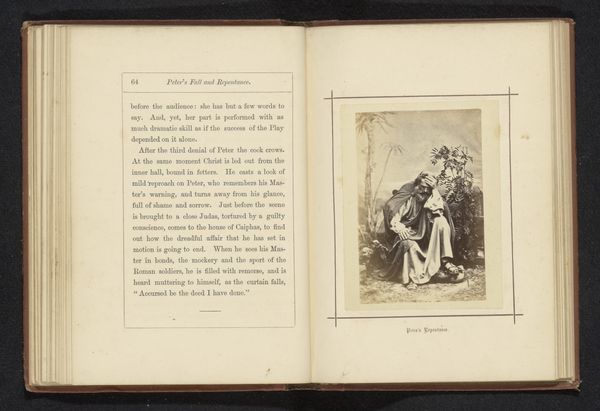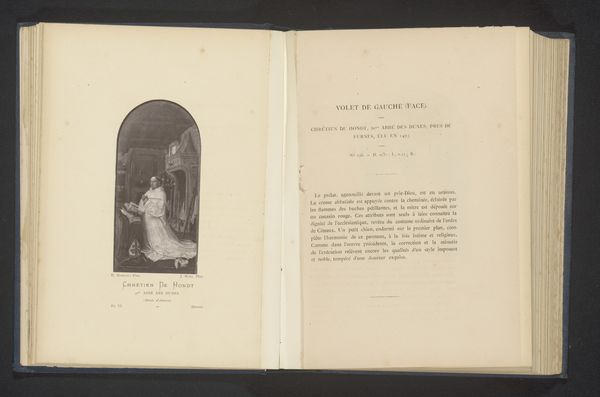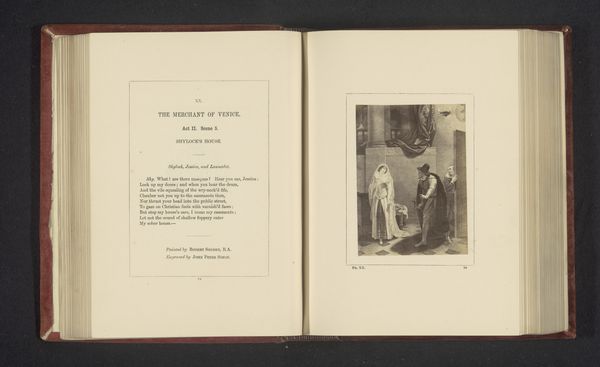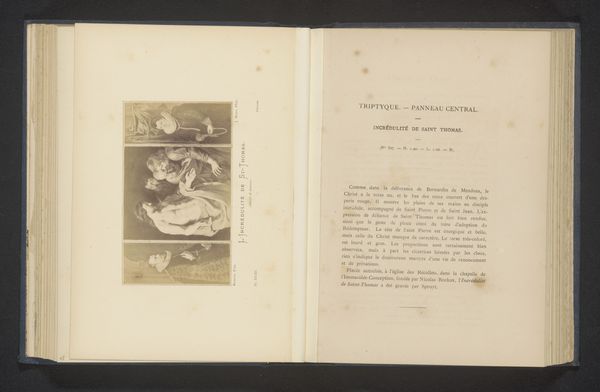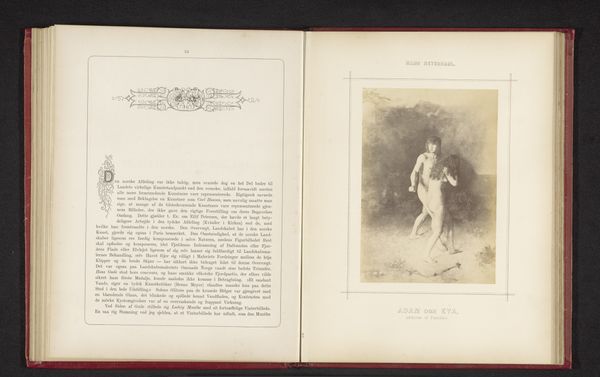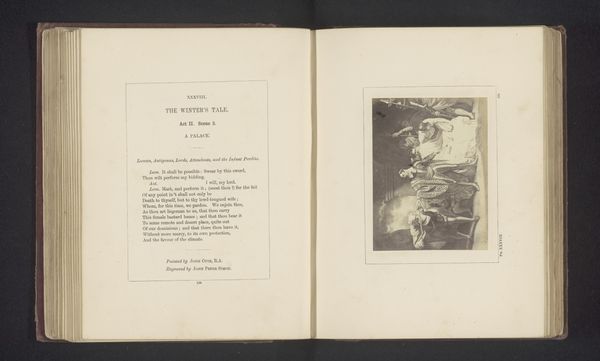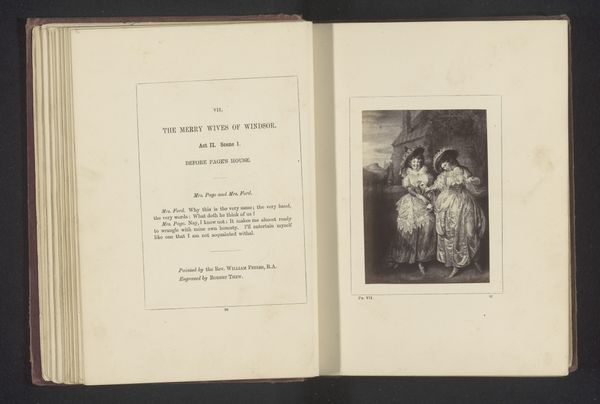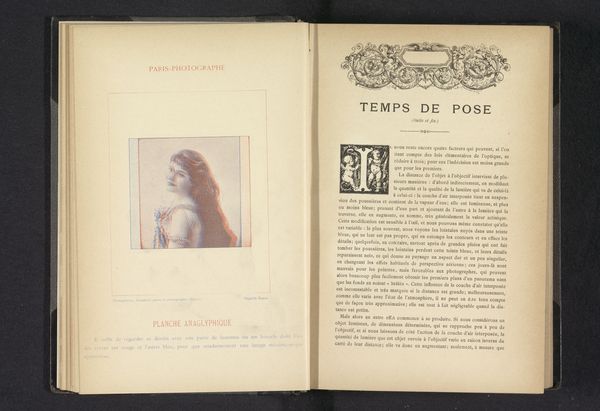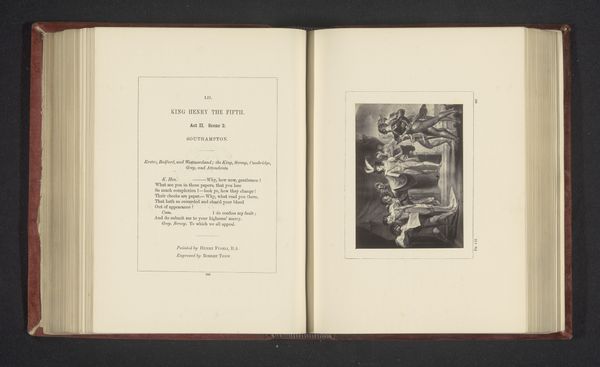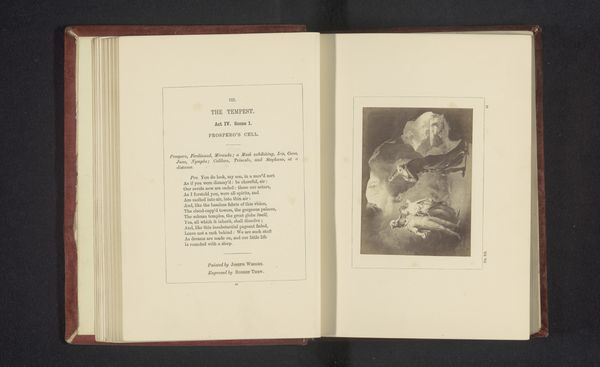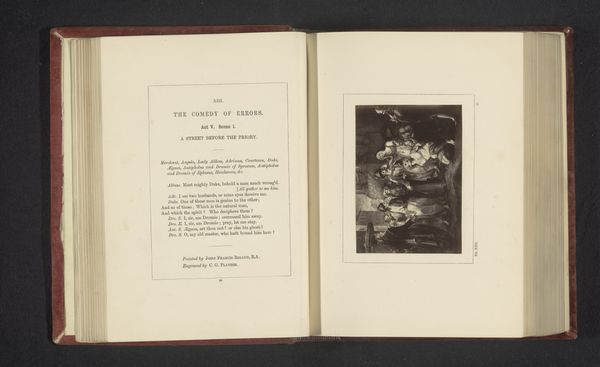
print, photography, collotype
#
portrait
# print
#
photography
#
collotype
Dimensions: height 133 mm, width 98 mm
Copyright: Rijks Museum: Open Domain
Curator: What a striking image. We’re looking at Constant Puyo's "Portret van een onbekend meisje met een hoed," which translates to “Portrait of an Unknown Girl with a Hat," created before 1895. It's a collotype print. Editor: The mood is…fragile. Almost ghostly, in its monochromatic stillness. The texture of the dress and that elaborate hat is incredible, though. What kind of labor went into crafting that garment? Curator: A relevant question, especially when contextualizing photography within the socio-economic structure of late 19th-century Paris. Puyo was a key figure in the Photo-Club de Paris, elevating photography to an art form considered on par with painting, though the labour conditions for making clothes were clearly anything but equal to those afforded to recognized artists like himself. This work would have been displayed in Salons, emphasizing aesthetic and pictorial qualities rather than social critique. Editor: So it’s about shifting photography from a purely functional medium to something of elevated status within the existing hierarchy? Examining the material composition is important: collotype printing allowed for nuanced tonal ranges, resembling painting, while retaining reproducibility, something other media, such as painting, are lacking in. The photograph becomes both unique and mass-produced object, changing the game for art's circulation and availability. Curator: Precisely. It challenges our perceptions of art’s purpose. Looking at how the portrait circulated through photographic journals highlights its social impact. This was less about representing the individual and more about crafting a visual language linked to aesthetic ideals then circulating. It served a didactic purpose. Editor: Interesting. It also draws attention to the power structures at play; a middle class aspiration on display. Now I look at this I see not an accurate representation of someone but a complex game being played out between economics, artistic desire and industrial printing. Curator: Yes, I find considering those societal forces clarifies Puyo’s technique. Editor: I’m so glad we were able to discuss these important aspects!
Comments
No comments
Be the first to comment and join the conversation on the ultimate creative platform.
